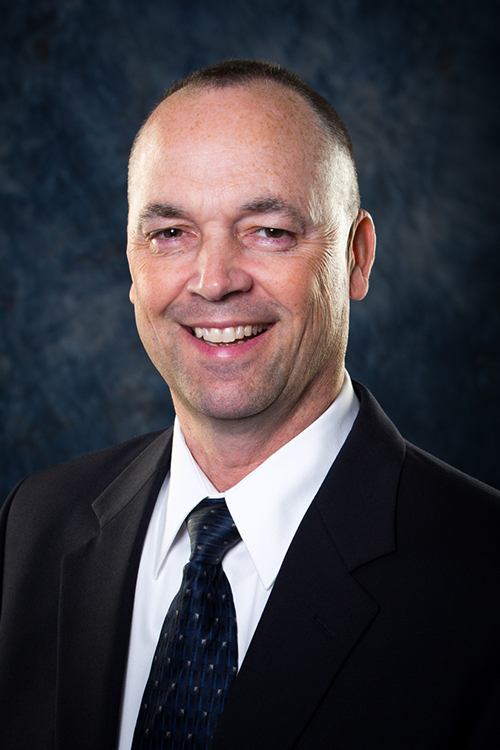A modern Water/Wastewater Utility SCADA system is a complex collection of hardware and software technology. Like any type of technology though, it doesn’t take long for something faster, easier to use, more secure, and more efficient to become available. Of course, installing new components every year is one way to make sure the system is up to date, but that wouldn't make sense economically.
This is where long-range planning comes into the picture. Considering that technology changes at a relatively fast pace, the changes are typically incremental. In other words, hardware and software don’t suddenly become obsolete with the turning of another page on the calendar. Updates become available piece by piece, one patch, service pack, or firmware update at a time. When system maintenance is considered from that perspective, it makes long-range planning a little easier to consider.
The most dynamically changing component of a SCADA system is software. In a Microsoft Windows environment, OS (Operating System) and security updates are a way of life for anyone responsible for the management and administration of computers and networks. Making sure that these updates are incorporated into the system is the first line of defense for any SCADA system.
Modern SCADA systems incorporate a collection of software applications to perform specific tasks. The HMI (Human Machine Interface) application provides visual representation of the system. The Alarm Notification application alerts users to undesirable conditions when they occur. The Reporting application collects system data and makes it available for analysis and regulatory compliance. Communications systems and remote site control/telemetry units all have hardware and software components that require periodic updates to make sure that they operate efficiently and are as secure as possible.
By adopting a 5-year rolling plan for system maintenance and upgrades, managers of a SCADA system can ensure that the components are kept up to date as much as is practical. Computer hardware and OS software should be considered for replacement every 3 to 5 years. This is usually scheduled to coordinate with hardware warranty coverage. Whenever a new computer is purchased, there is a choice as to which Operating System should be purchased. This will vary depending on the development stage of the available Operating Systems and other SCADA software requirements. Maintaining software support agreements and developing a preventive maintenance plan for installing updates helps ensure that software applications stay current.
PLC’s (Programmable Logic Controllers) and communication equipment typically have a lifespan of 10 to 15 years. Most industry-standard, industrial grade PLC’s will continue to operate reliably after this time frame, but the chances of failure increase dramatically as the equipment ages. Also, vendors introduce faster, smarter and often less expensive equipment, while ending production and support of the older equipment.
Not sure where your system stands in terms of hardware and software viability? Talk to R/M about a System Analysis Review. We can help your Utility develop a long-range plan to help ensure that the SCADA system won’t get old before you want it to and will be as reliable and efficient as it needs to be. Contact an expert today!
About the Author
David C. Beyer
SCADA Systems Analyst
Dave has been with Ruekert & Mielke, Inc. since 1994. As a Systems Analyst, he provides SCADA system support for more than 20 communities in Wisconsin for Water, Wastewater and Electric Utilities. Dave is experienced in system design, communications, SCADA software, PLC programming and configuration, operator training, and instrumentation.








